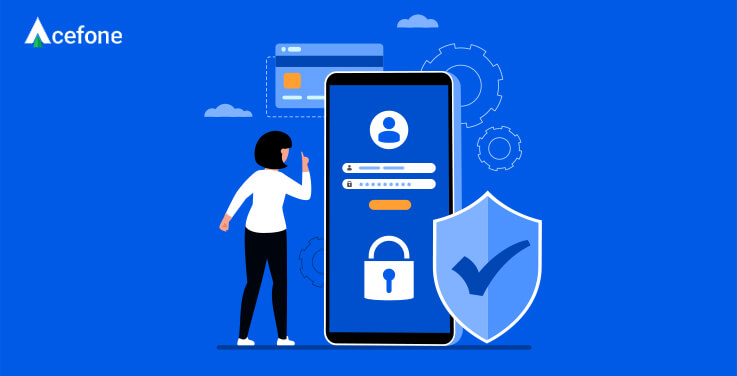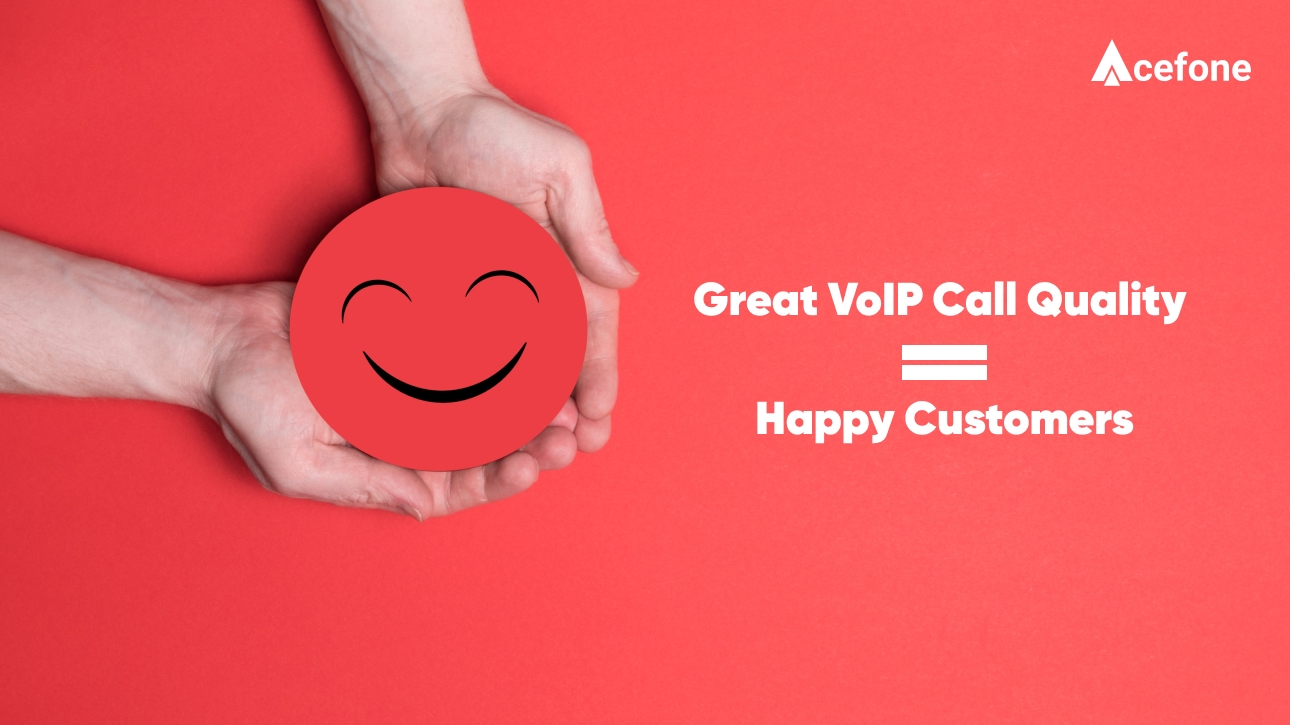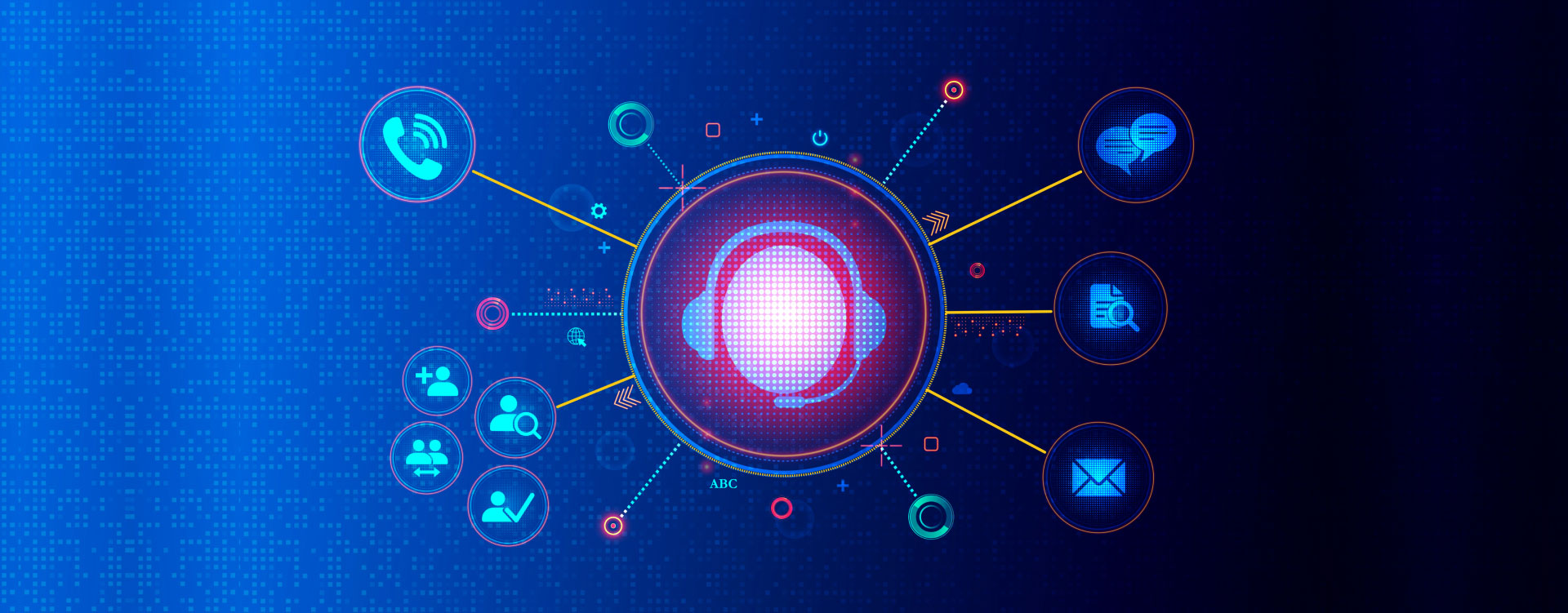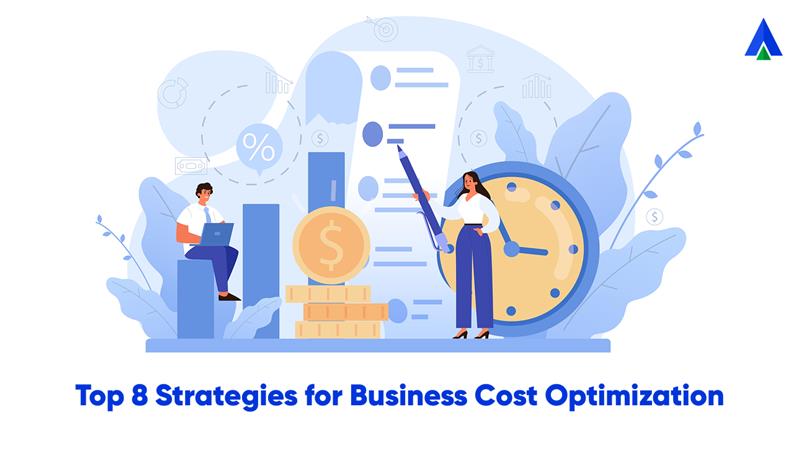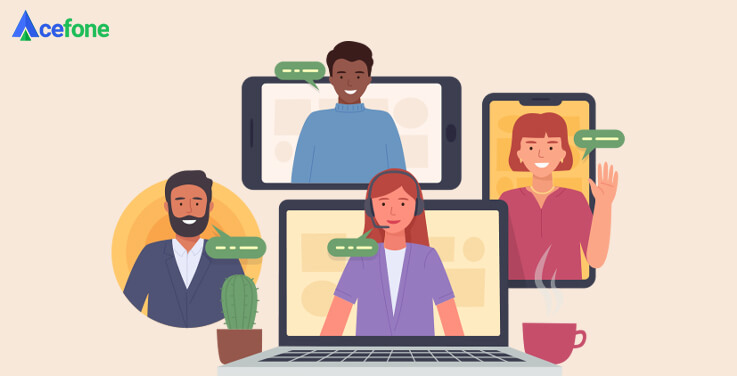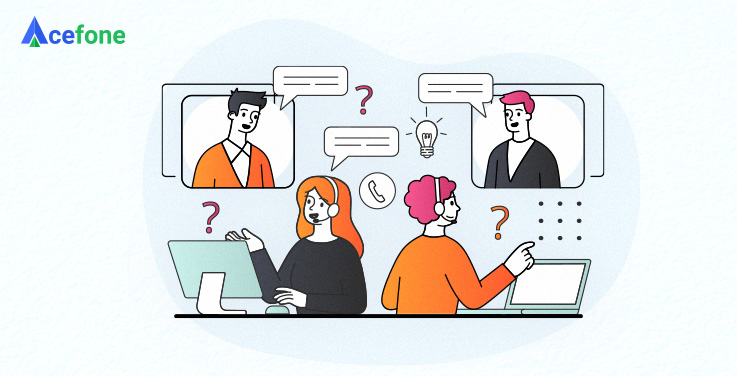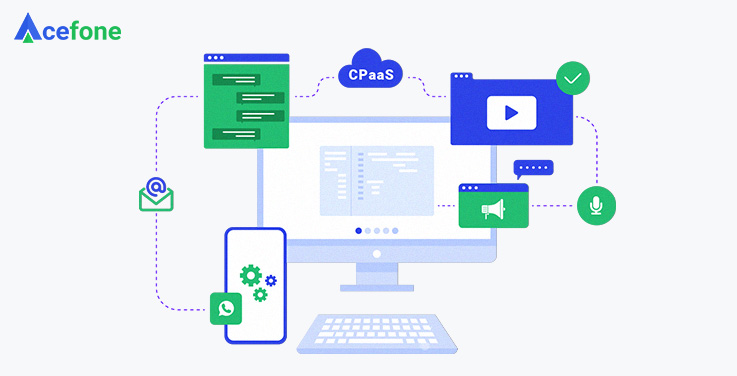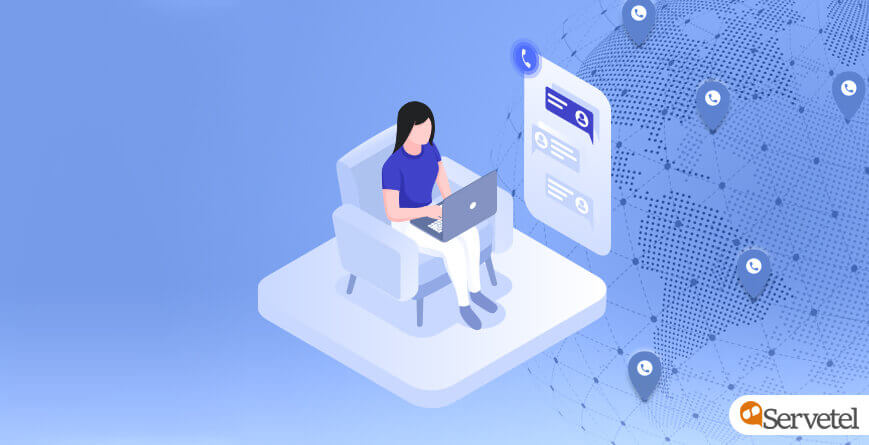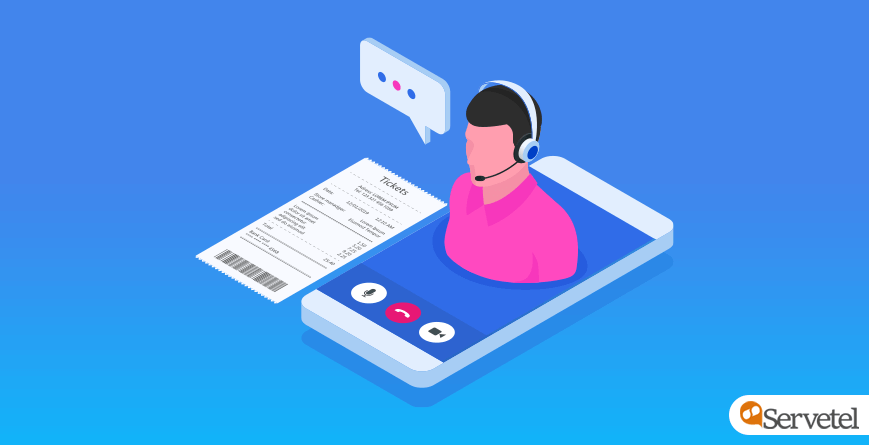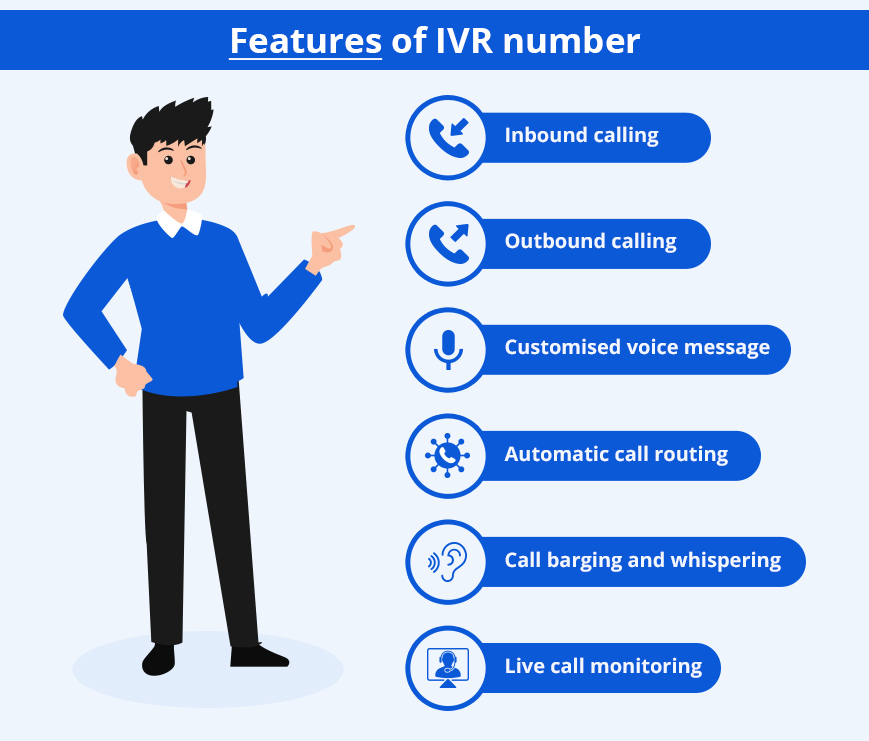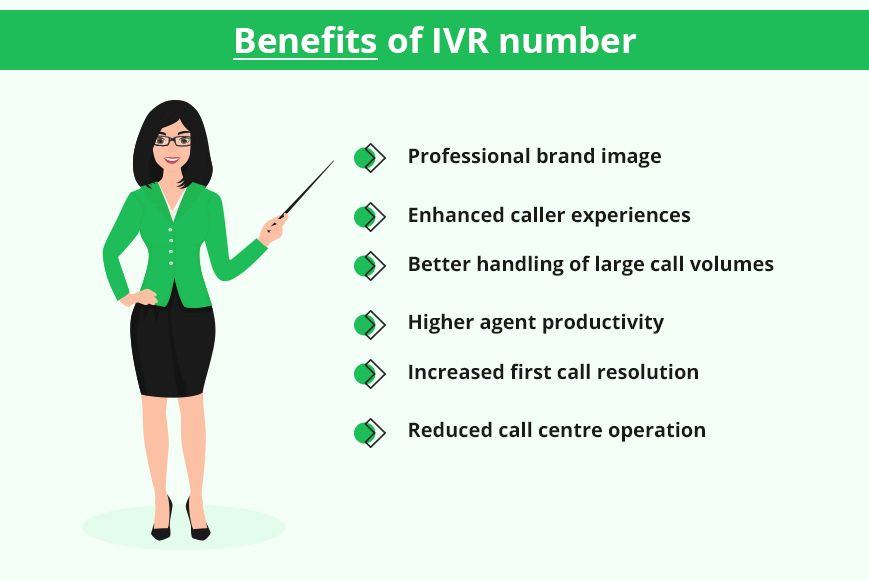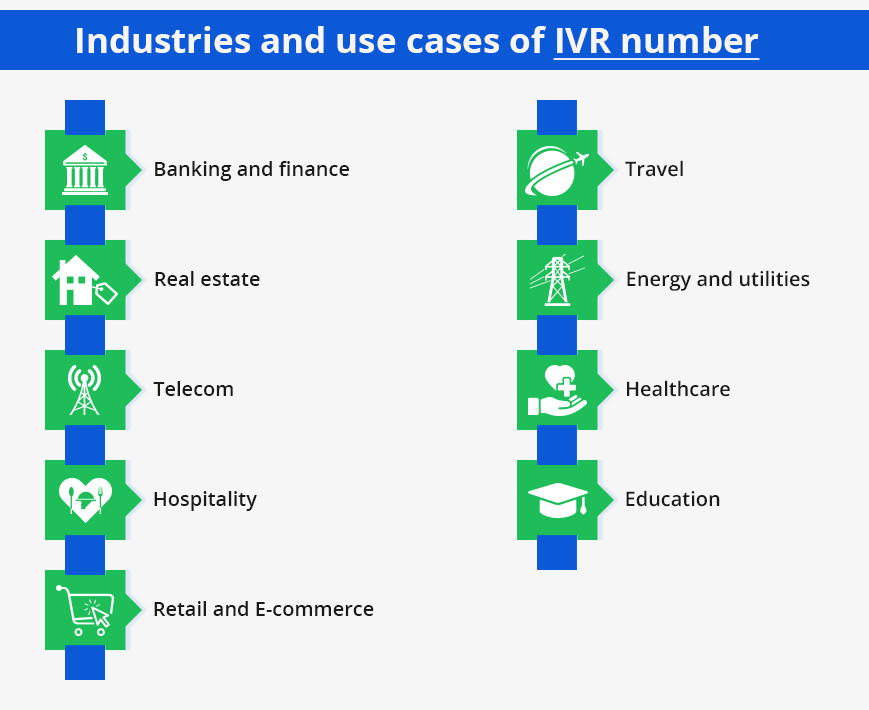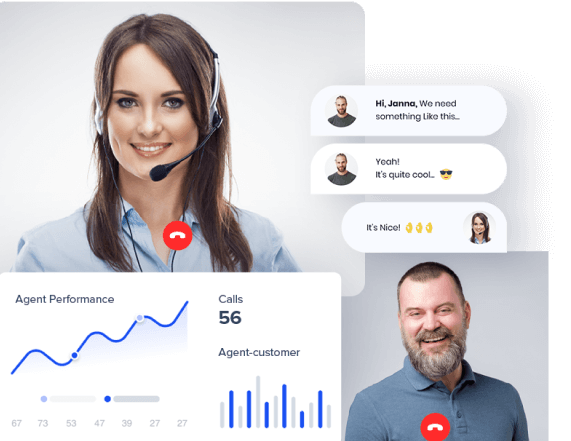Organisations all over the world need to communicate to establish their presence. Businesses need to constantly reach out to new prospects while managing existing clients.
Additionally, communications are necessary to maintain internal business processes as well.
When it comes to insurance companies, communication attains another level of importance. The very nature of their service requires agents to go out and personally contact businesses to close the sale. However, as the COVID-19 pandemic hit India, insurance agents have had to rely on technology to reach new clients.
This is where voice broadcasting became an unmissable tool for insurance agents. Coupled with the ever-decreasing attention span of customers, voice broadcasting helps amplify the little time companies have to make their pitch.
If one is unable to make a physical pitch, then a customisable voice message can do the trick. Also, if a firm is selling to a large customer base, one can’t constantly redial missed connections. The simple solution—voice broadcasting!
Voice broadcasting for the insurance sector
Quite simply, voice broadcasting is the process of recording a short message and relaying it to your customer base. This could be done to advertise a new offer, plan or service, along with talking a little about the company. The uniformity and precision of a voice message can also boost your marketing pitch. It is good to go over the long list of regulations that you must comply with before you record your voice broadcast.
As a service, voice broadcasting maintains a database of recorded voice messages and phone numbers. After a department’s contact list and pre-recorded messages are uploaded, the system can then make multiple calls to prospective clients all at the same time.
Additionally, it is also a great tool to offer discounts and deals on insurance rates, cross-sell products to customers, deliver reminders of premium payments or simply carry out short surveys.
How can insurance companies benefit from voice broadcasting?
In a general sense, voice broadcasting can help manage your communications. The best feature is the simplicity it offers in communicating with one’s customer base. Additionally, voice messages ensure uniformity and do away with the element of human error on live calls, providing a professional touch to your brand.
There are several reasons why voice broadcasting can prove to be of value to the insurance industry in particular. Here’s how:
-
Send to the masses, with ease:
Voice broadcasting systems offer a text-to-speech feature, where you can just upload your text message to be converted into a neat voice clip. This is useful for situations where you might not be able to record a clip that is high-quality, due to a lack of equipment, or if you are simply pressed for time.
-
Reach newer leads
Voice broadcasting allows you to target and tap into a much bigger pool of clients. You can easily get in touch with more prospective buyers even with fewer agents. Voice messages also have a better chance of lead conversion, as they are less intrusive than agents.
You can have the voice broadcasting service take care of the bulk of calls while your sales team can build on lead generation and conversion. Now here’s a plan you can pitch to your company!
-
Master of all
Voice broadcasting can help your organisation take care of a wide range of tasks. Want to customise your advertising message or alter a pre-recorded message? Check. Need to run multiple campaigns at a time? Check. Want to filter your do-not-call numbers in the leads database? Check. This is a tool that helps you optimise time and money.
-
Robust Customer Service
Good customer service is indispensable to insurance, and nothing retains customers and adds new ones like quick problem resolution does. With voice broadcasting and other cloud telephony solutions, you can upgrade your customer service interactions. Imagine the following two situations.
The first is when customers need to get in touch with the company for a quick resolution. After the query is raised, immediate responses can be provided via a voice message or an IVR which can redirect them to a specific agent.
The second situation arises when the company needs responses in the form of feedback or ratings. Customers can be informed of a feedback call through a text message and be guided on the next steps.
You can also broadcast reminders pertaining to pending payments. The specific amounts can be altered according to each case, and the message dispatched without a hitch.
With voice broadcasting, you can mine insights from the recorded customer engagements. For instance—how did the customer react to a certain proposal/offer? Or, what was the level of satisfaction of a client when a solution was put forward by an agent?
Structure and design your messaging in a manner that is sure to satisfy your clients and fulfil your goals.
Recommended Read: Voice Broadcasting Solution for Customer Surveys
-
After-sales messages and better lead conversion
After-sales communication is just as important as pre-sales communication. Here, voice broadcasting equips you with an automated system for relaying a ‘thank you’ message to your customers post-sale. This invokes a sense of personalisation to the interaction, which may lead to customer retention.
Like any other industry, success in the insurance sector also depends on conversions. Thus, you must follow up on promising leads in innovative ways. For instance, departments can relay voice messages offering prospective clients the choice of connecting with an agent.
In case they are unavailable at that time, the voice message can give them the choice to set up a call later. Additionally, automated redialling, which helps maximise reach further, is an essential feature to look for when zeroing in on a voice broadcasting solution.
If you are thinking about adding the power of voice broadcasting to your organisation, look no further than Acefone. With a curation of industry favourite features, Acefone can take your communication and lead conversion to the next level.









